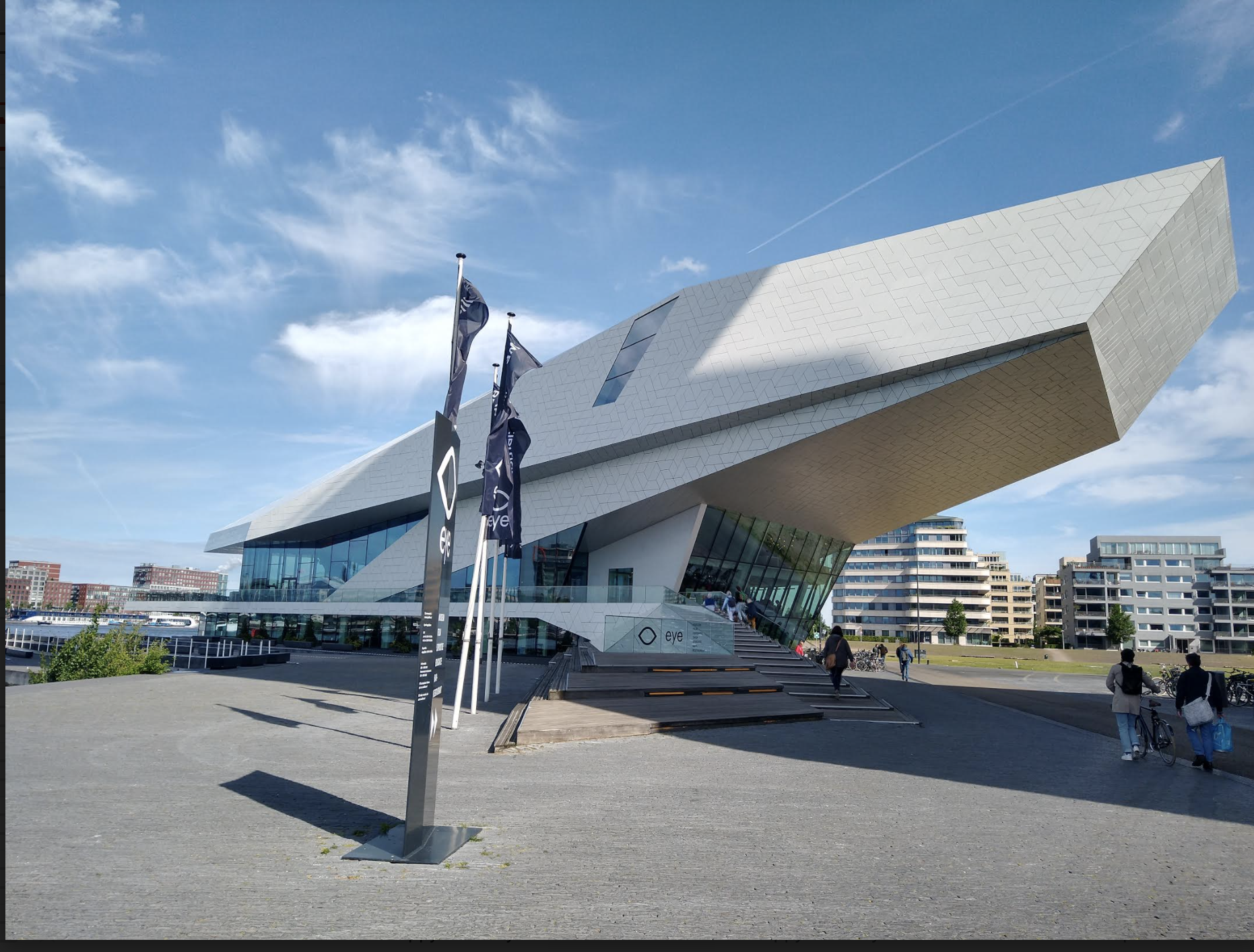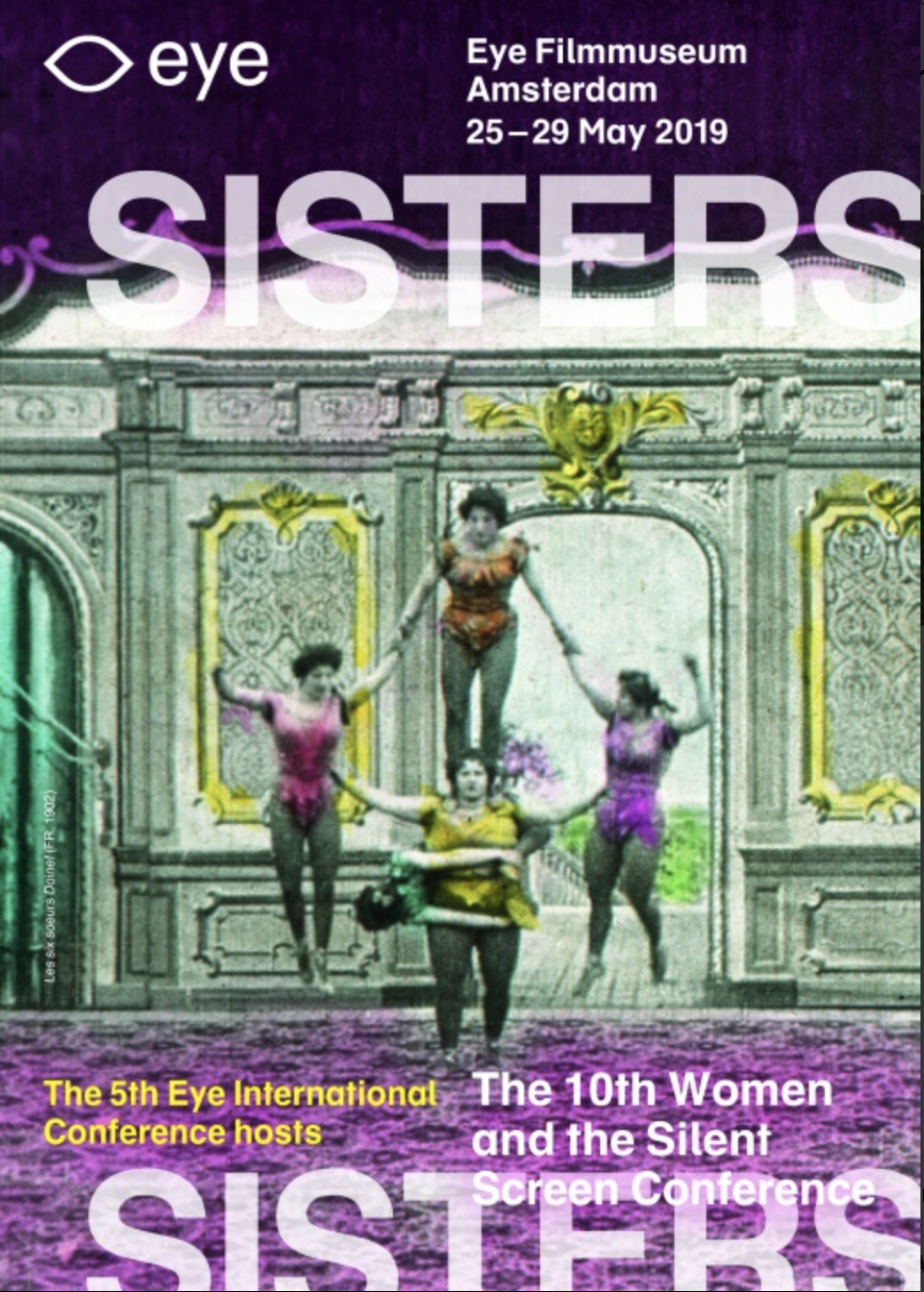Enacting Sisters
05/20/2019

This paper was part of a panel that explores the 'les deux orphelines', the two orphan sisters who were first featured in the melodrama, Les Deux Orphelines, at the Théâtre Porte St. Martin, Paris, in January 1874. Written by Eugène Cormon and Adolphe D'Ennery, the play became one of the most famous and enduring melodramatic vehicles in the late nineteenth and early twentieth century stage and screen.
We ask: how is sisterhood imagined and performed in late nineteenth century France?
How is sisterhood subsequently adapted and changed in films made in France just after the turn of the century?
When moving into American feature film production-and examining D.W. Griffith's Orphans of the Storm specifically-how was sisterhood reimagined and performed?
What does this tell us about the status of sisters and sisterhood more generally in suffragette America?
How were women, sisters, feminism and melodrama differently articulated, imagined and performed in Italy in films made in this same period of time?
Finally, when we trace sisters across media, cultures and decades, what do we learn about sisterhood?



